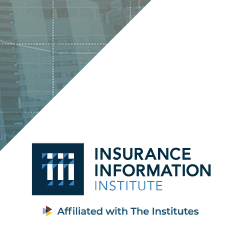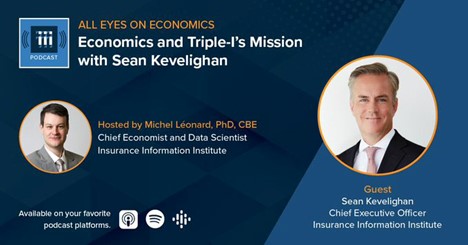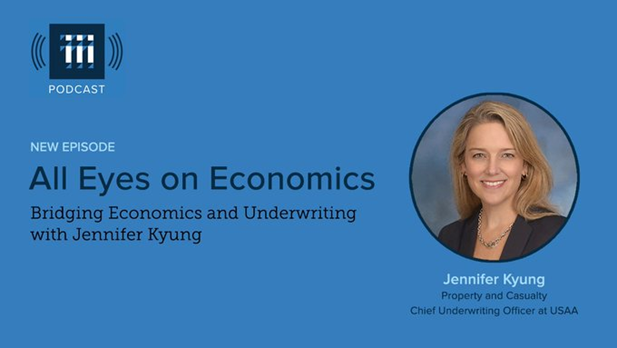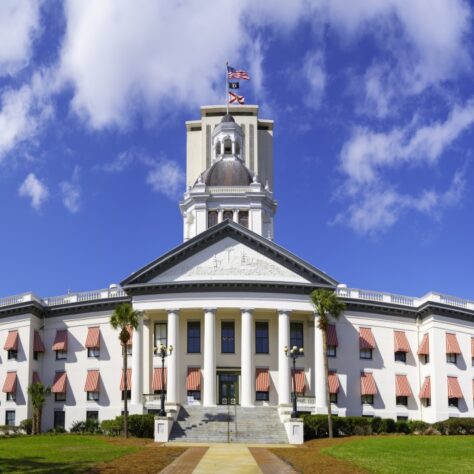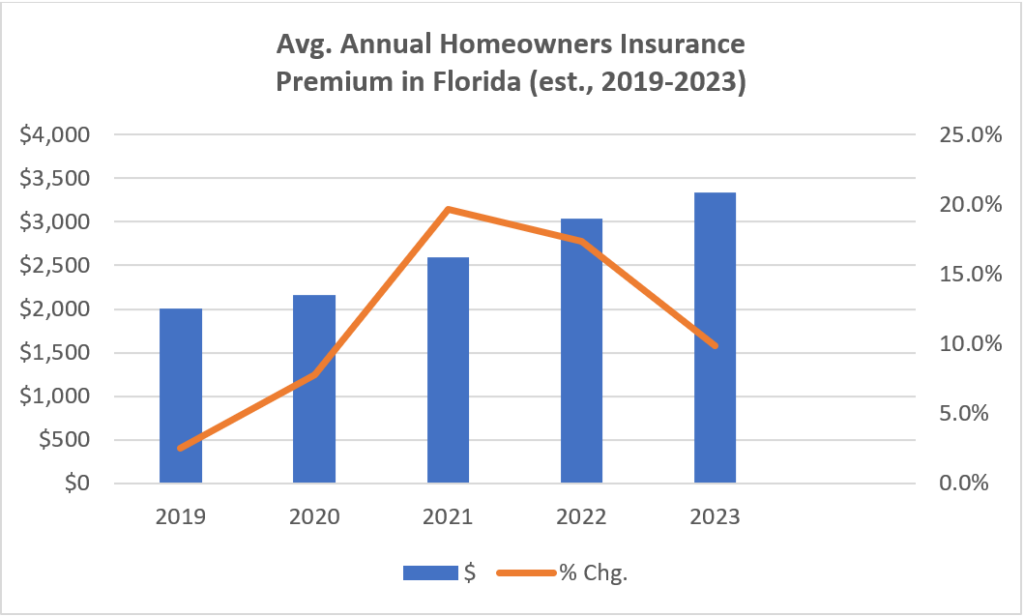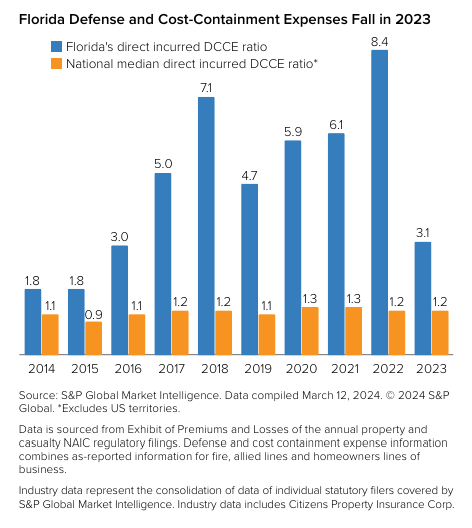The gap between liability loss trends and median liability insurance limits is growing, continuing the trend of the last 10 years, according to research from Chubb.
The “16th annual Liability Limit Benchmark & Large Loss Profile” report from Chubb provides data to help businesses determine appropriate liability insurance limits in today’s risky environment, fueled in part by the rise of nuclear verdicts and increasing punitive damages.
“This information is critical for building adequate liability towers that can adequately protect clients and their businesses, especially in the face of economic and social inflation, litigation funding, and nuclear verdicts, all of which continue to drive elevated liability-related loss costs,” the report stated. “The number of nuclear jury verdicts – that is, verdicts for awards of more than $10 million – is rising rapidly as cases that had been pending due to the pandemic continued making their way back into court.”
In 2022, nuclear verdicts totaled more than $18.3 billion, a significant jump from $4.9 billion in 2020, the report noted, citing Verisk data.
The Chubb report analyzed 11 industry sectors to help companies benchmark their liability insurance limits against others in their field, and highlight loss trends and significant losses in each sector.
Median liability insurance limits purchased nearly a decade ago declined across nine out of the 11 sectors analyzed, Chubb found. For example, median limits purchased in 2023 were 44% lower than in 2014 for the construction sector; nearly 31% lower for health care companies; and 28% lower for consumer products companies. Only the utilities sector had more coverage last year than 2014 with a 9% increase in the median limits purchased.
Liability Trends Across Industry Sectors
Here’s a closer look at the median liability limits purchased and loss cost trends in 2023 for 11 key sectors.
Life Sciences: In the life sciences sector, median insurance limits reached $241 million in 2023, a slight increase from $237 million in 2022 and $236 million in 2021. However, loss costs for this sector have consistently outpaced median limits, reaching $600 million in 2023.
Health Care: Health care companies saw median insurance limits of $168 million in 2023, a decrease from $180 million in 2022 and $170 million in 2021. Over the past decade, median limits purchased by healthcare companies have declined by 30%, while loss costs continue to rise, hitting $450 million in 2023.
Consumer Products: The consumer products sector experienced a drop in median limits purchased, with $263 million in 2023, down from $300 million, which remained unchanged from 2016 to 2022. Meanwhile loss costs exceeded $800 million in 2023.
Real Estate/Hospitality: Median insurance limits purchased in the real estate/hospitality sector were $298 million in 2023, a slight decrease from $300 million in 2022 but an increase from $265 million in 2021. Loss costs, however, reached $700 million in 2023.
Transportation/Road: In the transportation/road sector, median limits purchased were $170 million in 2023, down from $175 million in 2022 and $183 million in 2021. Loss costs surpassed $450 million in 2023.
Transportation/Rail: The transportation/rail sector saw median limits of $323 million in 2023, a decrease from $348 million in 2022 and on par with median limits in 2021. Loss costs for this sector, however, reached $1.5 billion in 2023.
Construction: Median insurance limits purchased in the construction sector remained at $250 million, unchanged from 2022 and down from $260 million in 2021. Loss costs were nearly $700 million in 2023.
Manufacturing: The manufacturing sector experienced a decline in median insurance limits, with $340 million in 2023, down from $350 million in 2022 and $355 million in 2021. Loss costs were nearly double, approaching $700 million in 2023.
Oil/Gas: Oil/gas companies saw median limits purchased of $498 million, an increase from $469 million in 2022 and $475 million in 2021. The loss costs for the sector exceeded $1.2 billion in 2023.
Utilities: In the utilities sector, median limits were $375 million, a decrease from $385 million in 2022 but a slight increase from $371 million in 2021. Loss costs exceeded $700 million.
Chemical: The chemical sector saw median insurance limits purchased of $350 million, unchanged from 2022 and down from $400 million in 2021. Loss costs topped $1 billion in 2023.
Rise in Nuclear Verdicts and Punitive Damages
In recent years, there has been a notable increase in liability loss trends as a result of juries awarding punitive damages, Chubb noted. This trend is driven by several factors, including increased social consciousness and desire to punish corporations for perceived negligent behavior. Additionally, ideological divides and desensitization to awards in the billions of dollars have contributed to this trend, the report stated.
As a result of these factors, the risk, prevalence and quantum of punitive damage awards continue to rise, Chubb said, citing a 2022 report on punitive damages liability. The objective measures that dictate the amount of compensatory damages awarded to a plaintiff, such as actual medical costs and lost wages, are non-existent in the assessment of punitive damages, leading to a greater potential for large awards, according to Chubb.
Many organizations and businesses are seeking to mitigate the risk of punitive damages through insurance coverage. However, in several states, including California, Colorado, New York, Rhode Island and Utah, purchasing insurance that protects against punitive damages is restricted, Chubb said, noting that these states also happen to be where the majority of U.S. economic activity occurs and where nearly all punitive damage awards are made.
Despite the restrictions on punitive damage insurance in certain states, there are insurance solutions available for organizations looking to mitigate this risk, the insurer said. One such solution is seeking out punitive damage wrap (puni-wrap) policies, which are separate, standalone policies procured and issued outside of the U.S.
Industry Expert Insights on Factors Contributing to Punitive Damages
Different market segments have their own unique exposures and risk factors that contribute to the risk of nuclear verdicts and punitive damages. Three Chubb experts weighed in on the factors impacting their industries.
In the construction industry, Lyndsey Christofer, Construction and Real Estate & Hospitality Practice Leader at Chubb, noted, “One of the factors driving nuclear verdicts in the construction industry is the sheer size of the projects. They just keep getting bigger….When jurors see the amount that goes into a project, that can color the amount that they believe a plaintiff is entitled to.”
Caroline Clouser, Healthcare Industry Practice Leader at Chubb, highlighted the increasing sophistication of plaintiffs in bringing complex medical cases. “Plaintiffs used to shy away from the complexities of medical malpractice cases, but over the past several years have become very practiced in bringing complex medical cases and explaining the care and treatment in such a way that inflames the jurors, opening a potential for very large awards.”
“In the life sciences industry, it is especially important that jurors receive the full, factual scientific picture when it comes to product liability cases,” said Lee Farrow, Life Sciences Industry Practice Leader at Chubb. “In many instances, it is difficult for judges to decide what should be admissible, and that could lead to the admissibility of junk science. In those cases, jurors could be taking a paid expert’s opinion as fact, leading to excessive jury verdicts.”
To view the full report, visit Chubb website.


